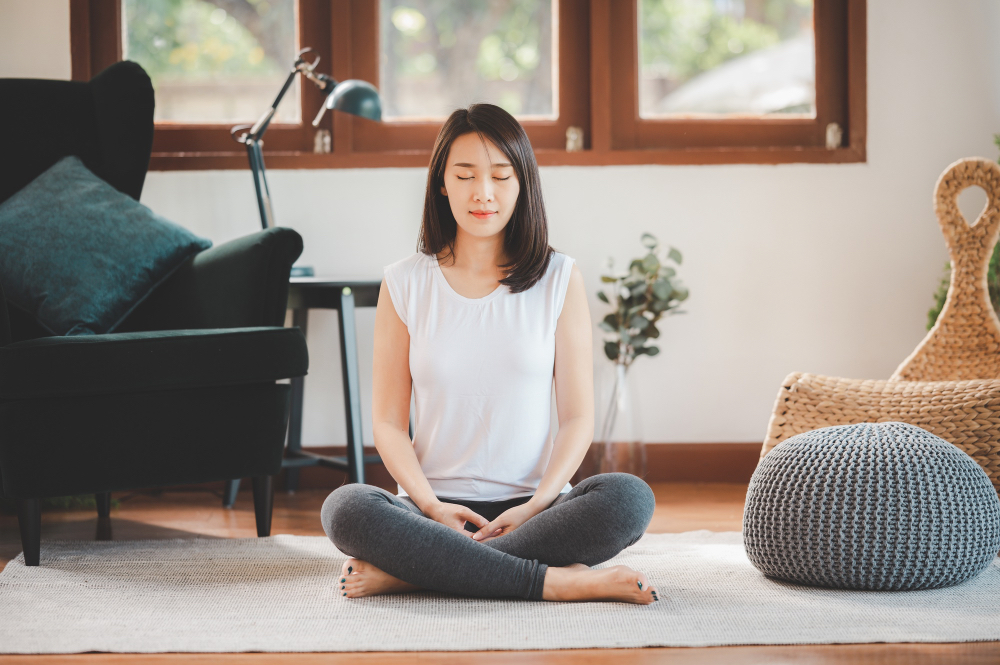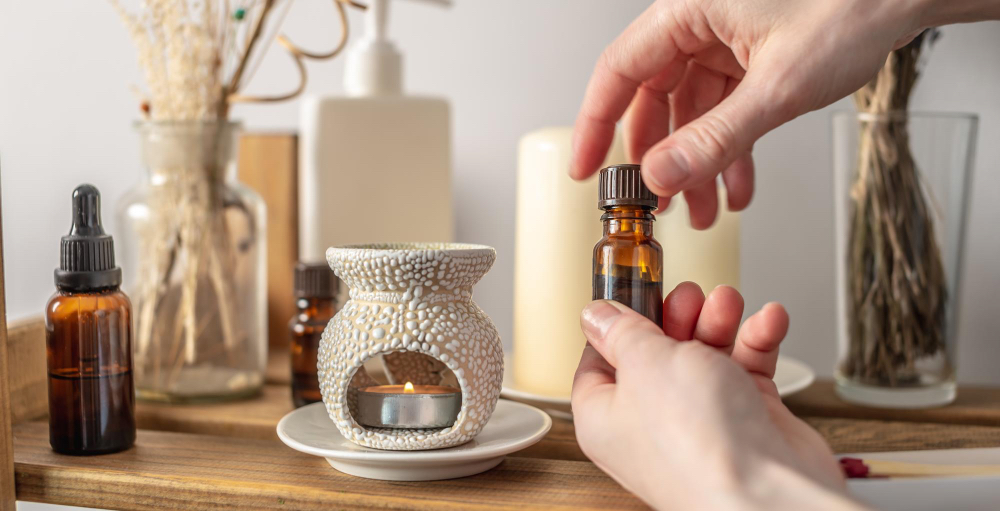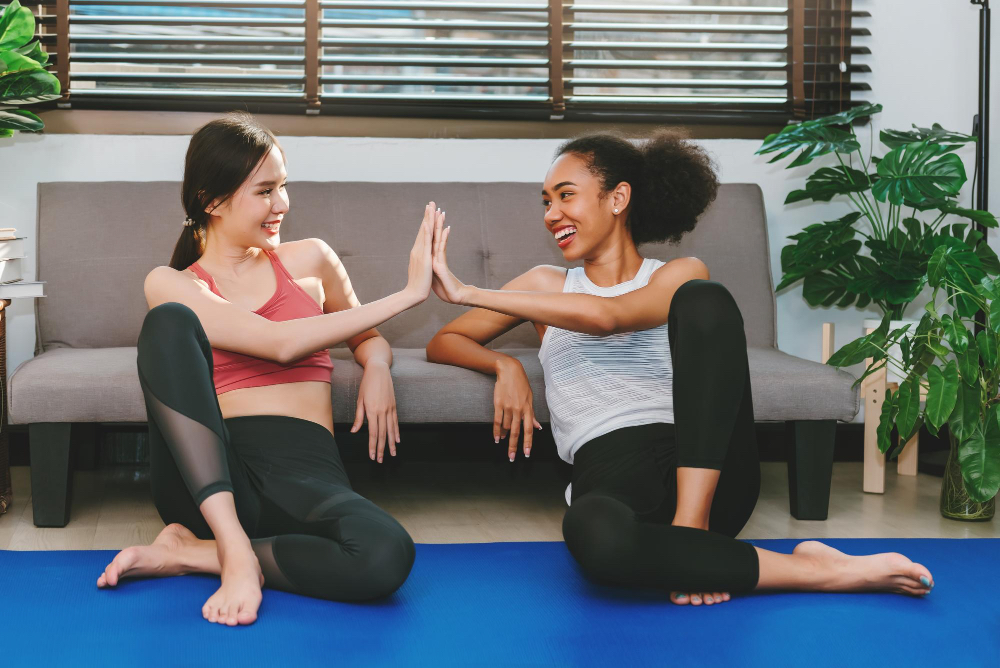Designing for Wellness: How to Create a Home that Supports Mental and Physical Health

A home is a place to live, work, and relax. It’s your sanctuary, your respite from the daily grind. But what if your home isn’t designed to support your wellness? What if it doesn’t make you feel calm or energized? If you’re struggling with mental health issues or have physical needs that aren’t being met by your current living situation, it’s time to think about designing a new space that will be better suited for health and happiness.
The connection between a healthy home environment and well-being is undeniable. A space that supports mental health and wellness can be anything from a cozy bedroom to an entire house, but it’s important to know what factors should be considered when designing spaces for mental health.
This guide will help you create a healthy home environment by offering strategies for creating spaces that promote balance between mind and body.
Designing for Mental Health
To create a home that supports mental health, it’s important to consider how the space can support your needs. There are many different types of spaces and activities that can help calm the mind, including dedicated meditation or yoga rooms, quiet reading nooks, and private offices. By creating these dedicated spaces for relaxation and mindfulness you’re making sure that you have somewhere to go when you need some time alone or want to focus on something other than work.
Natural light and its impact on mood
A home that provides a sense of warmth and coziness is not only a more pleasant place to be, but it also has the potential to lower your stress levels. When you’re feeling stressed out, it can be hard to focus on anything else. Natural sunlight can help you feel better by boosting your mood and improving sleep quality.
Accordingly, maximizing natural light in your home is one way to create an environment that promotes wellness. Maximize windows by choosing window treatments that allow as much light into the room as possible while still maintaining privacy (for example, by using sheer curtains). If you have large windows with lots of natural light coming through them already and want additional privacy at night or when guests visit, consider blackout curtains instead!
Color psychology and its effects on emotions
Color psychology is a branch of the study of human emotions, in which the use of colors is thought to influence our moods and feelings. If you want to create a space where people feel calm and relaxed, you should avoid using bright colors like red or yellow.
Instead, select colors that are more earthy in tone–browns and greens are good examples of these colors. Similarly, if your goal is for guests in your home to feel energized when they enter certain rooms (such as an office), then choose energizing colors such as blue or purple for those areas only.
Creating dedicated spaces for relaxation and mindfulness
Creating a dedicated space for relaxation and mindfulness is one of the best ways to ensure that you will be able to take time for yourself. This can be as simple as creating an area in your home where you can practice yoga or meditation, or it could be more elaborate with a full-on meditation room.
The first step is deciding what kind of space works best for you. If you’re looking at incorporating nature into your design, try using natural materials like wood and stone instead of synthetic ones like plastic or foam. Also, consider adding greenery into the mix–it’ll help create an atmosphere that feels inviting and calm without being too overwhelming and if there aren’t any windows nearby where plants could grow naturally, think about getting some artificial plants instead.
When choosing furniture pieces for this area, pick ones that are comfortable yet sturdy enough so as not to topple over too easily when someone sits down on them! It’s also important not only because they might break if they aren’t sturdy enough but also because having them fall over while someone’s using them wouldn’t look very good either!
Designing for Physical Health
A physical environment that is designed to support productivity and health can help you feel more relaxed and rejuvenated. When you’re working in an unergonomic space, your body has to work harder than it should be–and this can lead to fatigue and stress.
Ergonomics and its Role in physical well-being
Ergonomics is a term that refers to the science of designing equipment or devices to be used by people. It focuses on how people interact with their environment, and how they can use it to their best advantage. Ergonomics is important because it helps us create spaces that are comfortable, safe, and supportive of physical health.
Air quality and its impact on overall health
Air quality is an important factor when considering the health of your home and the respiratory health of its occupants. Proper ventilation helps to maintain a healthy indoor environment, which in turn can lead to better physical and mental health.
The use of an air purifier and plants are two ways to improve air quality in your home and avoid carbon monoxide poisoning. Air purifiers remove allergens from the air, such as dust mites, pet dander, and volatile organic compounds; they also help reduce odors caused by cooking or smoking cigarettes indoors.
In addition, certain plants have been shown to absorb potentially harmful chemicals from household items like paint thinner or cleaning supplies while emitting oxygen into the atmosphere–providing some relief from stuffy indoor spaces.

Designing a home gym or exercise space
When it comes to designing a home gym or exercise space, it’s important not only that you choose the right equipment but also that you create an inspiring atmosphere in which you will want to work out. If possible, purchase some soft lighting and soothing music beforehand so that when it comes to working out later on in life, those things are already there for you!
Integrating Healthy Habits into Daily Life
To create a home that supports healthy living habits, it’s important to consider the daily lives of its occupants. For example, if you’re designing an office for someone who works from home, you might want to include spaces for exercise and meditation. Or if a family member has chronic pain or other medical conditions, they might appreciate having designated areas where they can rest comfortably–and maybe even have access to their medications.
If you’re unsure of where to start when incorporating these elements into your design plans (or even if you just want some inspiration), below are some ways that designers have integrated wellness features into their projects:
Creating a functional kitchen
A well-designed kitchen is an essential component of good health. It’s the heart of your home and where you’ll spend most of your time, so it’s important that it’s designed to support healthy eating habits. If you’re just starting out with a new build or renovation project, here are some considerations:
- Create a functional kitchen by keeping things simple: A simple design means fewer distractions while cooking and preparing meals. The fewer gadgets and appliances you have in there, the fewer decisions will be required before making a meal (this is especially important if you’re not interested in spending hours cooking).
- Organize for easy access: You want everything within reach so that you don’t have to go searching for things when hunger strikes. This means having all ingredients and drinking water at eye level. This will also make a pest-free kitchen and prevent mold in the house.
Designing a sleep-friendly bedroom
When it comes to sleeping well, it’s important to find a mattress that suits your body type. You may want to take some time trying out different beds in stores or online before making a purchase. If you have back problems or other physical ailments, look for mattresses that offer support and comfort without causing pain in sensitive areas.
If you’re considering Feng Shui advices, read here.
If you have children who share a room with their parents, consider investing in twin XL beds instead of two twins–they’ll allow everyone more room without taking up much more space than regular twins do.
For added comfort when sleeping next to someone else (whether human or animal), opt for pillows made from natural materials like wool instead of synthetic ones like polyester because they breathe better than manmade fibers do during hot weather months when air conditioning isn’t available yet.
Encouraging social interaction and connection
The first step to encouraging social interaction is creating a home that’s comfortable for all. This can be achieved by designing spaces that are inviting and accessible for everyone, including those with physical disabilities or limited mobility. It’s also important to enhance and consider how your design will work with the flow of traffic throughout the house so that guests don’t feel like they’re being herded around like cattle when visiting your home.
Technology has become an integral part of our daily lives, whether we’re using smartphones while walking down the street or watching YouTube videos while sitting on our couches at home. If you want your clients’ homes to support their mental health by encouraging them to interact with others face-to-face more often than no, then incorporating some type of communication device into their interior designs might be just what they need.

In this article, we’ve covered some of the key design elements that support mental and physical health. When designing your own home, it’s important to think about how you want it to feel and function. A home should be a place where you can relax and recharge after a long day; it should be somewhere that feels safe and secure, where you can escape from risk stressors outside of your own four walls.
Designing for wellness is about more than just creating a space that supports your mental and physical health. It’s also about creating a home that reflects who you are as an individual, what matters most to you, and how you want to live your life.




